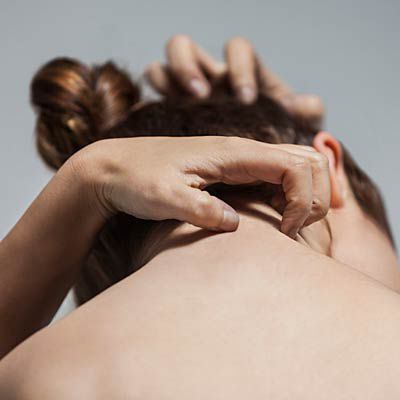What do you know about skin eating disorders? Also known as dermatophagia, it is a condition that causes people to eat their own skin. It can be a very dangerous and even deadly disorder if not treated properly. In this blog post, we will discuss the signs, symptoms, and treatment options for skin eating disorders. We will also answer some common questions about this condition.
Contents
What Is Skin Eating Disorder?
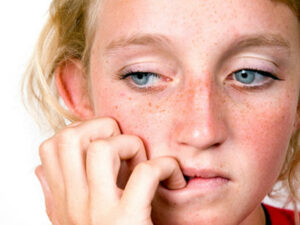 Skin eating disorder, also known as dermatophagia, is a mental disorder that causes people to compulsively bite and eat their own skin. It is a type of body-focused repetitive behavior (BFRB) that often results in damaged skin and infections.
Skin eating disorder, also known as dermatophagia, is a mental disorder that causes people to compulsively bite and eat their own skin. It is a type of body-focused repetitive behavior (BFRB) that often results in damaged skin and infections.
Skin eating disorder usually starts during childhood or adolescence, but they can occur in adults as well. It is more common in females than males and often runs in families. People with skin eating disorders may be aware of their behavior but feel unable to stop it.
This type of disorder also commonly co-occurs with other mental disorders, such as anxiety disorders, OCD, and depression. Treatment for skin eating disorders often includes a combination of medication and therapy. There may be other underlying causes for why someone develops a skin eating disorder. It can be helpful to talk to a doctor or mental health professional if you or someone you know is struggling with this disorder.
Symptoms of Skin Eating Disorder
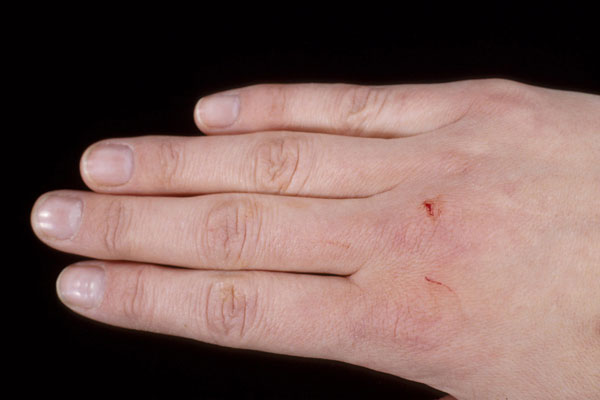
There may be many signs of a skin eating disorder, and they will differ depending on the severity of the condition. For some, it may manifest as mild skin picking that causes no more than a few blemishes. Others may have large open wounds that are infected and prone to scarring.
Most people with skin eating disorders will obsessively pick at their skin, often for hours at a time. This can lead to raw, open wounds that bleed and are extremely painful. The individual may also try to cover up their picking by wearing long sleeves or pants, even in hot weather. They may also avoid social situations where others might see their skin.
Some signs are:
Redness
Redness is one of the signs of a skin-eating disorder. The person with this condition will feel a strong urge to pick at their skin, which can lead to raw, open wounds that bleed and are extremely painful. There are also many cases where the person will try to cover up their picking by wearing long sleeves or pants, even in hot weather.
Scabbing
Another sign of a skin-eating disorder is scabbing. This happens when the individual picks at their skin so much that it creates scabs. These scabs can be extremely painful and can lead to infection if they are not treated properly. It may be hard for the person to resist picking at their scabs, which can cause them to bleed and become raw.
Infection
If a skin-eating disorder is left untreated, it can lead to infection. This is because open wounds are susceptible to bacteria and other contaminants. Infection can cause severe pain, swelling, and fever. In some cases, it can even be life-threatening. Infection is also one of the main reasons why skin-eating disorders can lead to scarring.
Scarring
Scarring is another common complication of skin-eating disorders. When the individual picks at their skin, it can cause scars. These scars may be small and barely noticeable or they may be large and disfiguring. In some cases, the person may pick at their scars, which can cause them to become raw and bleed. Scarring can also be painful and can make the person self-conscious about their appearance.
Swelling
Swelling is one of the signs of a skin-eating disorder. The person with this condition will feel a strong urge to pick at their skin, which can lead to raw, open wounds that bleed and are extremely painful. There are also many cases where the person will try to cover up their picking by wearing long sleeves or pants, even in hot weather.
Fever
Fever is another sign of a skin-eating disorder. This happens when the individual picks at their skin so much that it creates scabs. These scabs can be extremely painful and can lead to infection if they are not treated properly. It may be hard for the person to resist picking at their scabs, which can cause them to bleed and become raw.
Bleeding
Bleeding is one of the signs of a skin-eating disorder. The person with this condition will feel a strong urge to pick at their skin, which can lead to raw, open wounds that bleed and are extremely painful. There are also many cases where the person will try to cover up their picking by wearing long sleeves or pants, even in hot weather.
Causes of Skin-Eating Disorder
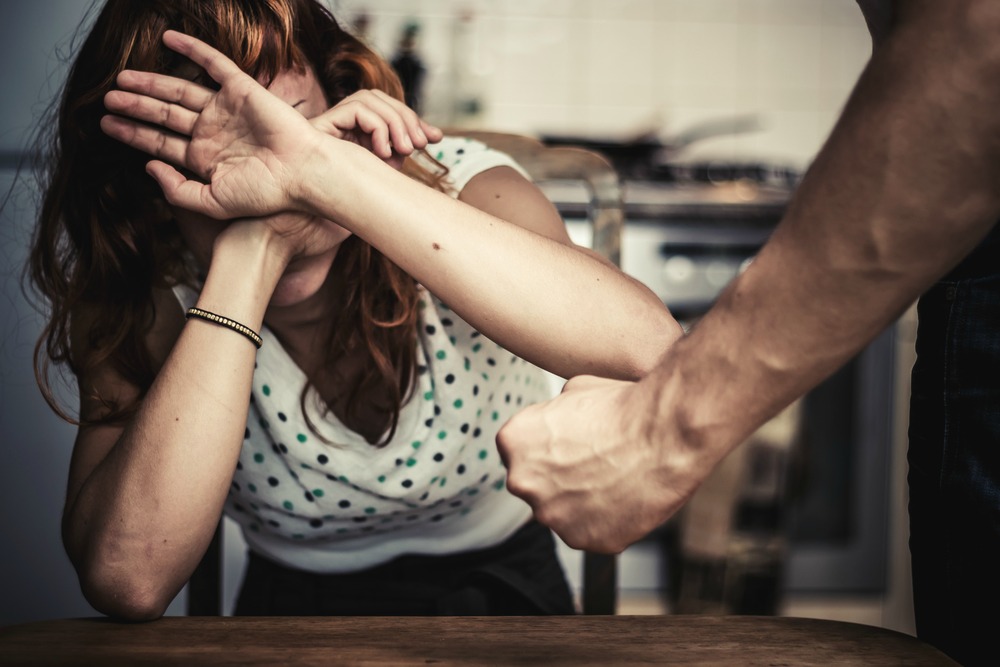
There can be many causes of skin-eating disorder, but the most common one is an infection. Infections can occur anywhere on the body but are most commonly found on the hands, feet, or face. Other potential causes include:
Allergies
Allergies are one of the most common causes of skin-eating disorders. Also, Allergies can be to anything, but the most common allergens are pollen, dust, and dander. It also makes it more likely for the person to have a reaction if they are exposed to the allergen multiple times.
Chemicals
Chemicals can also cause skin-eating disorders. This is most commonly seen in people who work with chemicals on a regular basis, such as hairdressers and mechanics. It can also be caused by exposure to chemicals in the environment, such as smog and fumes.
Injury
Injury is another potential cause of skin-eating disorders. This is because when the skin is damaged, it is more susceptible to infection. Injury can also lead to scarring, which can make the person more likely to pick at their skin. There may be an underlying cause for the injury such as picking at hangnails or dermatillomania.
Abuse
Abuse is also one of the psychological factors that can lead to skin-eating disorders. This is because abuse can cause a lot of stress, which can lead to picking at the skin. Abuse can also make it difficult for the person to trust other people, which can make it hard for them to get help for their condition. It may also be hard for the person to accept that they have a problem if they are being abused.
Genetics
Genetics can also play a role in skin-eating disorders. This is because some people are born with a condition that makes them more likely to develop an infection. This can include conditions like eczema or psoriasis. It may also be more likely for the person to develop an infection if they have a family history of skin infections.
Trauma
Sometimes, skin-eating disorders can be caused by trauma. This is because when a person experiences a traumatic event, it can lead to a lot of stress. This stress can then lead to picking at the skin. Trauma can also make it difficult for the person to trust other people, which can make it hard for them to get help for their condition.
Surgery Wounds
Surgery wounds are another potential cause of skin-eating disorders. This is because when the skin is damaged, it is more susceptible to infection. Surgery wounds can also lead to scarring, which can make the person more likely to pick at their skin. There may be an underlying cause for the surgery such as picking at hangnails or dermatillomania.
Impacts of Skin Eating Disorder on Mental Health
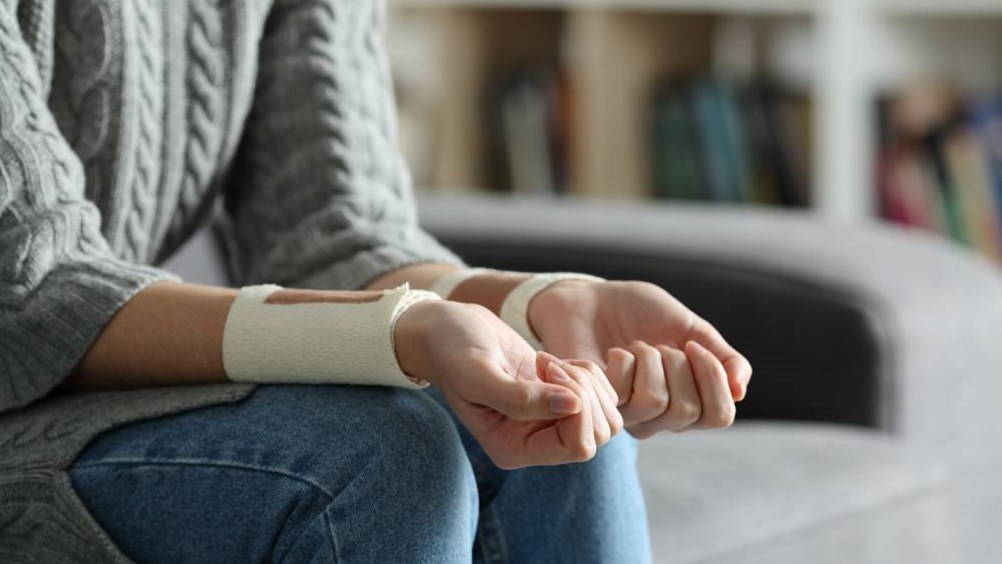
There are many impacts of skin eating disorders on mental health. Individuals with skin picking disorder often have co-occurring mental health conditions, such as anxiety and depression. There are several severe conditions such as:
Self-Harm
Self-harm is one of the typical behaviors associated with skin picking disorder. It is often a way for people to deal with the overwhelming anxiety and stress that comes with the condition. There may be also many physical injuries associated with self-harm, such as cuts and bruises.
Eating Disorders
Eating disorders are also common among people with skin picking disorders. This is because the person may be trying to compensate for the calories they are losing from picking at their skin. They may also be using food as a way to cope with the stress of their condition.
OCD
OCD is another common mental health condition that is often seen in people with skin picking disorder. This is because OCD can cause a lot of anxiety, which can lead to picking at the skin. OCD can also make it difficult for the person to trust other people, which can make it hard for them to get help for their condition. It may also be hard for the person to accept that they have a problem if they are being abused.
PTSD
PTSD is another mental health condition that can be caused by skin picking disorder. This is because PTSD can lead to a lot of stress, which can lead to picking at the skin. PTSD can also make it difficult for the person to trust other people, which can make it hard for them to get help for their condition. It may also be hard for the person to accept that they have a problem if they are being abused.
Isolation
Isolation is also one of the impacts of skin picking disorder on mental health. This is because when a person is isolated, they may be more likely to pick at their skin. This is because they may not have anyone to talk to about their condition. They may also not have anyone to help them cope with the stress of their condition.
Suicidal Thoughts
Suicidal thoughts are another common impact of skin picking disorder on mental health. This is because the person may be feeling so overwhelmed by their condition that they may be considering suicide as a way to escape from it. If you are having suicidal thoughts, it is important to get help from a professional.
Diagnosis of Skin-Eating Disorder
The diagnosis of the skin-eating disorder is made by a dermatologist or other skin specialist. The doctor will take a medical history and perform a physical exam. The doctor may also order tests, such as blood tests or skin biopsies, to rule out other conditions.
There is no one test that can diagnose a skin-eating disorder. The diagnosis is based on the person’s symptoms and medical history. Treatment for skin-eating disorders focuses on stopping the damage to the skin and preventing infection. Treatment may include medicines, surgery, and wound care. People with skin-eating disorders often need to see a dermatologist or other skin specialist on a regular basis.
There may also be a need for mental health counseling to deal with the stress of having a chronic skin condition. If you think you or someone you know may have a skin-eating disorder, see a dermatologist or other skin specialist. The sooner the diagnosis is made, the sooner treatment can begin. Early diagnosis and treatment can help prevent serious complications from the condition.
Treatment of Skin-Eating Disorder

Treating skin-eating disorders requires a multifaceted approach that includes:
Medications
Medications are one method to manage the disorder. Antibiotics may be prescribed to treat or prevent infection. Steroids may be used to reduce inflammation. Immunosuppressant drugs may be necessary to control the immune system response. There are also some medications that can help to reduce the production of keratin.
Surgery
Surgery may be necessary to remove damaged skin or to treat an infection. Skin grafts may also be required in some cases. There may be a need for multiple surgeries. Some of these are done as outpatient procedures, while others may require a hospital stay.
Wound care
Proper wound care is essential in the treatment of skin-eating disorders. This includes keeping the wounds clean and covered, as well as using lotions and creams to keep the skin moist. It is also important to avoid scratching or picking at the affected areas.
Mental Health Counseling
Mental health counseling can help people deal with the stress of having a chronic skin condition. Counseling can also help people build coping skills and develop a support system. There are a few different types of mental health counseling that can be helpful. These include cognitive-behavioral therapy, group therapy, and family therapy.
MantraCare is a website that helps to connect people with mental health counselors. We are a website that is dedicated to helping people find the right mental health counselor for their needs. We believe that everyone deserves access to mental health care. You can also visit us to learn more about these through blogs.
Tips To Prevent Skin-Eating Disorder

There are many tips to help prevent skin-eating disorders. Some of these are:
Take Care of Your Skin
Taking care of skin is important in preventing skin-eating disorders. This means using a gentle cleanser, using sunscreen, and keeping the skin hydrated. There are also a number of other skin care tips that can help to prevent the condition.
Avoid trauma to the skin
Preventing trauma to the skin is important in preventing skin-eating disorders. This means avoiding things like picking at the skin, scratching, and rubbing. It is also important to avoid using harsh cleansers or exfoliants.
Use mild soaps
Using mild soaps can help to prevent skin-eating disorders. This means avoiding soap that contains fragrances, dyes, or other irritants. It is also important to avoid using too much soap, as this can dry out the skin.
Choose non-irritating fabrics
Wearing non-irritating fabrics can help to prevent skin-eating disorders. There are a number of fabrics that can cause irritation, including wool, polyester, and nylon. It is important to choose fabrics that are made from natural fibers, such as cotton.
Avoid hot showers
Hot showers can dry out the skin and make it more susceptible to damage. This means avoiding showering in water that is too hot. It is also important to use a mild cleanser and avoid scrubbing the skin.
Use a humidifier
Using a humidifier can help to prevent skin-eating disorders. This is because humidifiers help to keep the air moist, which prevents the skin from drying out. Humidifiers also help to reduce static electricity, which can irritate the skin.
Conclusion
Follow these tips to help prevent skin-eating disorders. If you have any concerns about your skin, be sure to see a doctor.
If you are looking for affordable Online Counseling MantraCare can help: Book a trial therapy session
